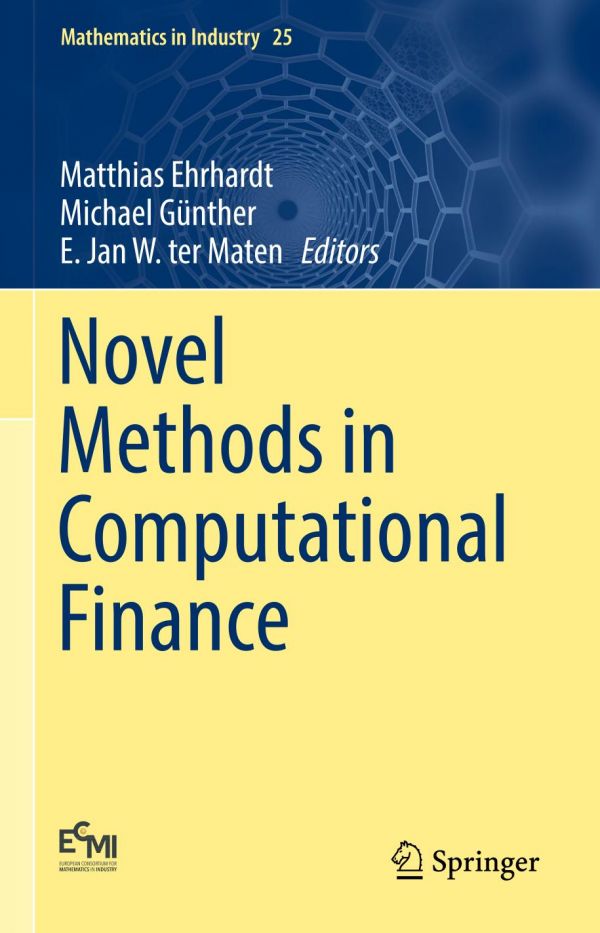

Most ebook files are in PDF format, so you can easily read them using various software such as Foxit Reader or directly on the Google Chrome browser.
Some ebook files are released by publishers in other formats such as .awz, .mobi, .epub, .fb2, etc. You may need to install specific software to read these formats on mobile/PC, such as Calibre.
Please read the tutorial at this link: https://ebookbell.com/faq
We offer FREE conversion to the popular formats you request; however, this may take some time. Therefore, right after payment, please email us, and we will try to provide the service as quickly as possible.
For some exceptional file formats or broken links (if any), please refrain from opening any disputes. Instead, email us first, and we will try to assist within a maximum of 6 hours.
EbookBell Team

5.0
60 reviewsThis book discusses the state-of-the-art and open problems in computational finance. It presents a collection of research outcomes and reviews of the work from the STRIKE project, an FP7 Marie Curie Initial Training Network (ITN) project in which academic partners trained early-stage researchers in close cooperation with a broader range of associated partners, including from the private sector.
The aim of the project was to arrive at a deeper understanding of complex (mostly nonlinear) financial models and to develop effective and robust numerical schemes for solving linear and nonlinear problems arising from the mathematical theory of pricing financial derivatives and related financial products. This was accomplished by means of financial modelling, mathematical analysis and numerical simulations, optimal control techniques and validation of models.
In recent years the computational complexity of mathematical models employed in financial mathematics has witnessed tremendous growth. Advanced numerical techniques are now essential to the majority of present-day applications in the financial industry.
Special attention is devoted to a uniform methodology for both testing the latest achievements and simultaneously educating young PhD students. Most of the mathematical codes are linked into a novel computational finance toolbox, which is provided in MATLAB and PYTHON with an open access license. The book offers a valuable guide for researchers in computational finance and related areas, e.g. energy markets, with an interest in industrial mathematics.